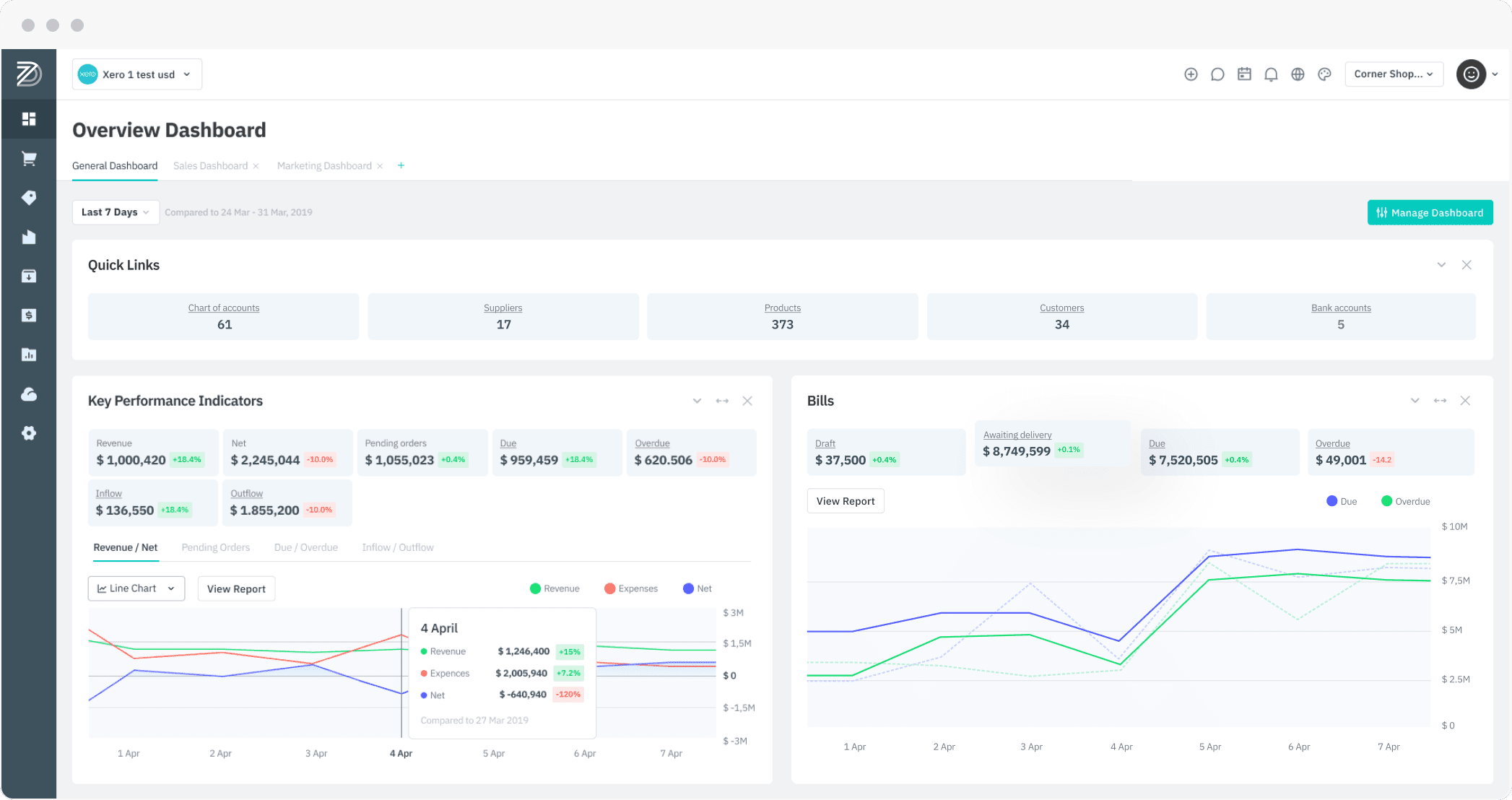The central purpose of a business is to make as much profit as possible. For an online retailer, if the first challenge to this is stocking the right products and having them in the right quantity to fill demand, the second is making sure internal systems work well, so every sale is completed as quickly as possible with the least number of impediments.
Fortunately, there’s a way to measure the second challenge, a metric that tells you how well departments in your company are working and, by extension, where they’re not. A key KPI, it’s called sales velocity.

This blog is all about sales velocity, what it is, how it’s calculated, and steps you can take to improve it if your score isn’t where you want it to be.
What is sales velocity?
As the name implies, sales velocity is a measure of speed, specifically the speed with which a sale goes from a customer expressing interest in an item on a site to the point at which revenue is actually generated for the company. Taken within a specific time frame, there’s an equation that’s used to arrive at this metric, one that uses four quantifiable aspects of the sales cycle, which we’ll get to later.
The sales velocity metric can be very useful to a business. When it’s tracked over time, changing numbers in the weekly or monthly calculations will offer a window into performance levels of different departments or aspects of a business, providing a way to see which ones are working well and which are not. In effect, which ones are slowing down the sales velocity. When this is known, changes can be made to those areas.
The departments or areas you’ll be able to compare are:
- Sales teams,
- Time periods,
- Regions/points of sales, and
- Sales reps.
The metrics used to calculate sales velocity
As mentioned above, measurements of four aspects of the sales cycle are used. They are:
1. Number of opportunities
Opportunities refers to sales leads or prospects, customers that might make purchases within the specific time frame you want to calculate.
2. Average deal value
Meaning the dollar amount of an average sale.
3. Win rate
The percentage of leads or prospects that actually make purchases. If there are 100 leads and 45 of them buy something, the win rate is 45%.
4. Length of the sales cycle
The total number of days it takes for a potential customer – prospect – to go from the beginning of the process through the pipeline to making an actual purchase at the end.
The equation used to calculate sales velocity
The following letters are assigned to the four measurements listed above:
- N = number of opportunities
- V = average deal value
- W = win rate
- L = sales cycle
And the equation is: N x V x W L
To give a real-world example, say you have 50 opportunities (N), an average sale value of $1,000 (V), a win rate of 45% (W), and all these figures were within a period of 60 days (L),
The equation to calculate your sales velocity would be:
50 x 0.45 x 1000 60
This brings your sales velocity number out to 375, which means you are generating $375 in sales daily.
If you want to know your sales velocity number in months rather than days, simply make the change to the L number. So if your calculation is for a two-month period, the equation would be:
50 x 0.45 x 1000 2
Which results in a sales velocity number of 11,250, meaning you are generating that much in dollars every month.
How to optimize your sales velocity
Expand.
The bigger you are, the more prospective leads you’re going to have available to you and the better your sales velocity will be. That’s just common sense. There are two ways to achieve this: open up more sales channels, and grow your sales area. For the latter, this could mean tapping into national markets if you currently only sell locally, or if you’re national going international.
Be prudent about your leads.
Getting a higher number of leads is a good starting point. However, as any marketer worth their salt will tell you, quality is as important as quantity, if not more.
While calculating your sales performance, if you have too many leads that lead to nowhere, it will negatively impact the end result. So it’s a good idea to prioritize those that are more likely to convert.
Increase your average deal size.
A good way to do this is by offering add-ons or after-sale services. You could also suggest something that’s more expensive to buyers. This second option should be done with subtlety, however. You never want a customer to feel they’re being pushed into buying something. Doing that could send them to another retailer.
Shorten your sales cycle.
The shorter the sales cycle, the better the sales velocity. Here are some tips to get to get to that:
- Automate repetitive tasks.
- Focus more on high-performing sales channels.
- Plan out the processes in your supply chain and follow them.
- Leverage social media.
- Make sure your prospective customers have a good experience, are treated well.
- Keep up to date with your Customer Relations Management and get rid of cold leads.
To sum up
Knowing your sales velocity gives you more than a measure of how well you’re doing; it helps you know where you need to make improvements. And that, in the end, will help improve your bottom line.
Getting these calculations requires data. Our Cin7 Core software can help you with that. To find out more, book a 20-minute call with one of our experts. Why not do that today?






